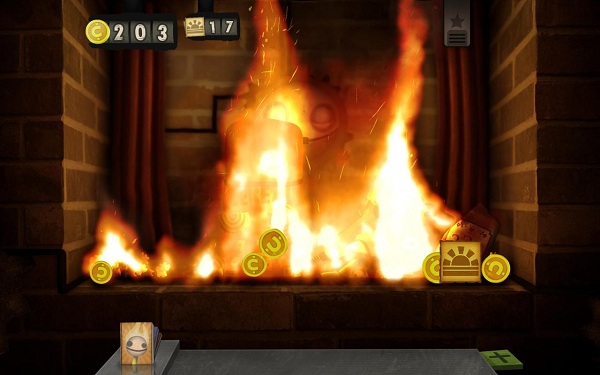So i have spent a lot longer on this than i originally intended, i felt like i hit a brick wall with the project as a whole and this piece was an idea that was born of desperation rather than inspiration, and such it took me longer to complete.
I felt like i had lost the direction of my project, focusing less and less on the theory behind the work and more on the technical skills, which isn't what this module is meant to be about.
Therefore I'm about to move back into the realm of the more abstract , thinking about how other mediums and practices can impact my workflow, and also about the audience my work is intended for. Ideally I'm heading into creature and character modelling for games, and my work should start to reflect that.
With the sculpt i finished as much detail as i felt was really necessary. Considering that i was doing it as what i would loosely describe as a "master study", trying to take influence from his design choices, from his lighting and composition and try to take elements of this into 3D
The lighting is a fair representation of the lighting in in the painting, but the background is by no way on par with his. I settled fro a simple gradient where as the original picture is textured with brush strokes and colour in a subtle but interesting way.
I compiled this image the same way as my last sculpt, using a variety of renders from ZBrush with different lights, materials, shadows and rim lights to make a composition of all the light sources.
An example of some of the renders i used to compile the final image.
This is my favourite render, the strong contrast of the light and shadows, as well as the film grain effect give it a striking and i think, frightening appearance. The Iris blur i put around the edge leads the eye towards the hands, the real focus of the original painting.
With these images i overlaid film grain, an effect commonly used in horror games and films to give detail to shadows and darkness, to give things a subtle sense of movement, or to obscure the viewer from seeing things too sharply. Sometimes the enemy of fear is clarity, shrouding details can make the image more compelling.
The same image as above without the film grain.
After assembling all the layers and producing a composite image its easy to play with colour and saturation of the image. I quite liked the washed out pale version, it gave a far different feel to the piece however, making it colder and more corpse like, and made it seem less like a living thing, more like a statue or corpse.
Increasing the Saturation to a more orange look in some ways brought it closer to the painting, but made the highlights far too vibrant.
The plain sculpt
Plain sculpt without the background.




















